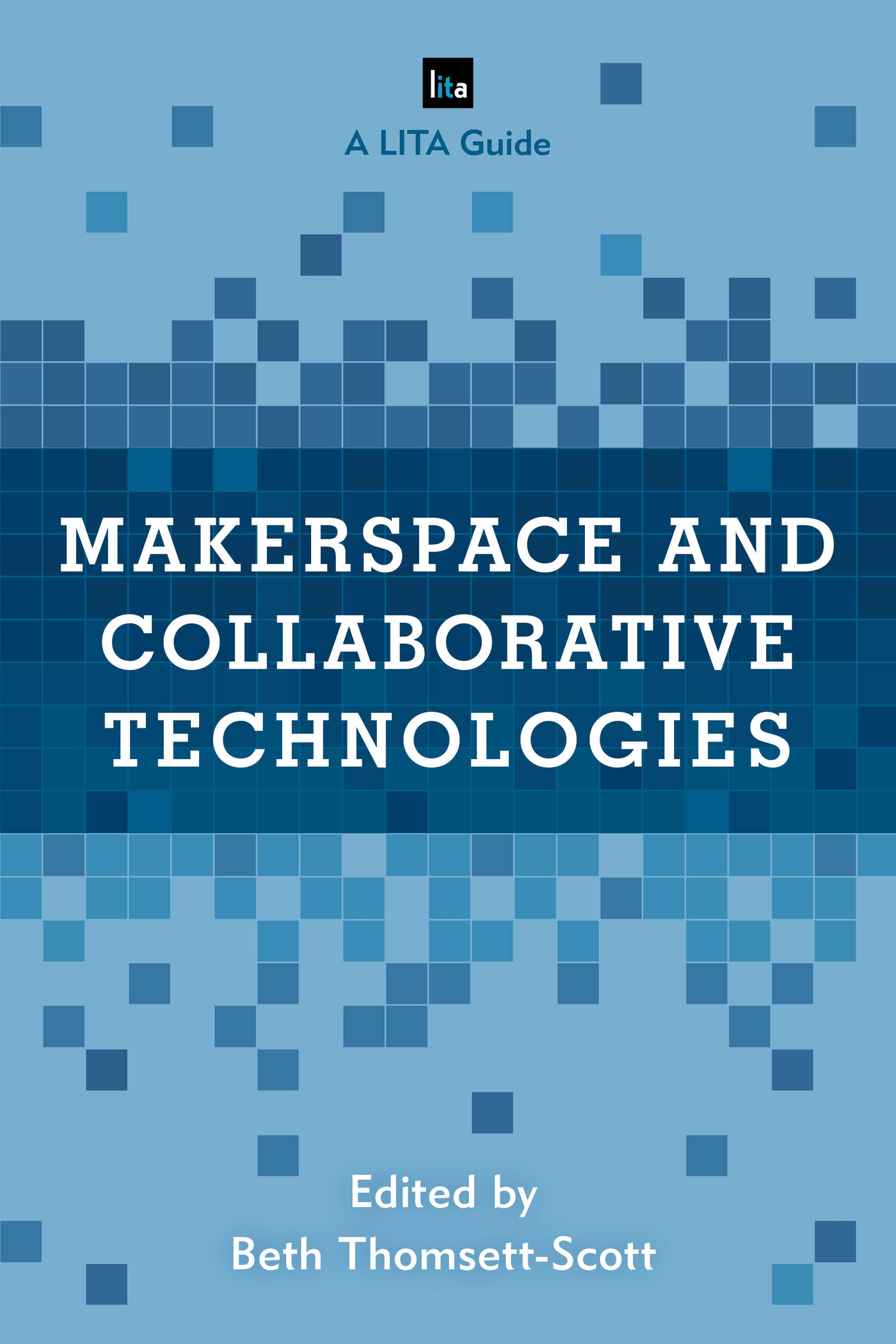Makerspace and Collaborative
Technologies
The Library of Object Relations
Marta Mestrovic Deyrup, Ph.D.
Acquisitions Editor, Library Information and Technology Association,
a division of the American Library Association
The Library Information Technology Association (LITA) Guides provide information and guidance on topics related to cutting-edge technology for library and IT specialists.
Written by top professionals in the field of technology, the guides are sought after by librarians wishing to learn a new skill or to become current in todays best practices.
Each book in the series has been overseen editorially since conception by LITA and reviewed by LITA members with special expertise in the specialty area of the book.
Established in 1966, LITA is the division of the American Library Association (ALA) that provides its members and the library and information science community as a whole with a forum for discussion, an environment for learning, and a program for actions on the design, development, and implementation of automated and technological systems in the library and information science field.
Approximately 25 LITA Guides were published by Neal-Schuman and ALA between 2007 and 2015. Rowman & Littlefield took over publication of the series beginning in late 2015. Books in the series published by Rowman & Littlefield are:
Digitizing Flat Media: Principles and Practices
The Librarians Introduction to Programming Languages
Library Service Design: A LITA Guide to Holistic Assessment, Insight, and Improvement
Data Visualization: A Guide to Visual Storytelling for Librarians
Mobile Technologies in Libraries: A LITA Guide
Innovative LibGuides Applications
Integrating LibGuides into Library Websites
Protecting Patron Privacy: A LITA Guide
The LITA Leadership Guide: The Librarian as Entrepreneur, Leader, and Technologist
Using Social Media to Build Library Communities: A LITA Guide
Managing Library Technology: A LITA Guide
The LITA Guide to No- or Low-Cost Technology Tools for Libraries
Big Data Shocks: An Introduction to Big Data for Librarians and Information Professionals
The Savvy Academic Librarians Guide to Technological Innovation: Moving Beyond the Wow Factor
The LITA Guide to Augmented Reality in Libraries
Digital Curation Projects Made Easy: A Step-By-Step Guide for Libraries, Archives, and Museums
Library Technology Planning for Today and Tomorrow: A LITA Guide
Tech for All: Moving beyond the Digital Divide
Change Management for Library Technologists: A LITA Guide
Makerspace and Collaborative Technologies: A LITA Guide
Makerspace and Collaborative
Technologies
A LITA Guide
Edited by
Beth Thomsett-Scott
ROWMAN & LITTLEFIELD
Lanham Boulder New York London
Published by Rowman & Littlefield
An imprint of The Rowman & Littlefield Publishing Group, Inc.
4501 Forbes Boulevard, Suite 200, Lanham, Maryland 20706
www.rowman.com
6 Tinworth Street, London SE11 5AL
Copyright 2020 by American Library Association
All rights reserved. No part of this book may be reproduced in any form or by any electronic or mechanical means, including information storage and retrieval systems, without written permission from the publisher, except by a reviewer who may quote passages in a review.
British Library Cataloguing in Publication Information Available
Library of Congress Cataloging-in-Publication Data
Names: Thomsett-Scott, Beth C., editor.
Title: Makerspace and collaborative technologies : a LITA guide / edited by Beth Thomsett-Scott.
Description: Lanham : Rowman & Littlefield Publishing Group, [2020] | Series: LITA guides | Includes bibliographical references and index. | Summary: This book explores how patrons are using innovative technologies utilizing real-life case studies from a variety of academic institutions. Discover which technologies patrons are using, how they are using them, and the purposes of use. Authors include best practices on designing space, marketing the technology, and collaborating to enhance the useProvided by publisher.
Identifiers: LCCN 2019041369 (print) | LCCN 2019041370 (ebook) | ISBN 9781538126479 (cloth) | ISBN 9781538126486 (paperback) | ISBN 9781538126493 (epub)
Subjects: LCSH: Academic librariesInformation technologyUnited States. | Academic librariesTechnological innovationsUnited States. | Makerspaces in libraries. | Academic librariesUnited StatesCase studies.
Classification: LCC Z675.U5 M3247 2020 (print) | LCC Z675.U5 (ebook) | DDC 027.7dc23
LC record available at https://lccn.loc.gov/2019041369
LC ebook record available at https://lccn.loc.gov/2019041370
 TM The paper used in this publication meets the minimum requirements of American National Standard for Information Sciences Permanence of Paper for Printed Library Materials, ANSI/NISO Z39.48-1992.
TM The paper used in this publication meets the minimum requirements of American National Standard for Information Sciences Permanence of Paper for Printed Library Materials, ANSI/NISO Z39.48-1992.
Figures
Introduction
Paul McMonigle
Libraries have changed tremendously over the last twenty years. They have transformed from warehouses of books and quiet study to vibrant, exciting, and sometimes too noisy places where students can find books, computers, and state-of-the-art technology. As an example, when I was an undergraduate student in the mid-1990s, the campus library was not the place to find cutting-edge technology. Computer labs were available but often lived separately, departmentally and geographically, from the libraries. With the beginnings of electronic access, libraries were working on transferring their card catalogs to online public access catalogs. If you were lucky, you could search your librarys collection and access online databases using on-site terminals. Remote access through the Internet was rare and generally only available for larger public libraries. Many smaller libraries still had card catalogs for regular patron use.
Twenty-five years later, most academic libraries have large, robust IT departments. Knowledge commons and makerspaces take up many square feet of space, helping to transform libraries into one-stop shops for the information and creative needs of their patrons. Though this turn of events may surprise many people outside the library profession, if you take a quick look at the past, you will see that libraries have always been near the forefront of technological change.
Historically, libraries offered some of the first public access to new technologies. Servers and mainframe computers could store a large amount of information about local library inventory, giving staff the ability to quickly add and update new materials. The first commercial electronic database, Dialog, created in 1972 in CD-ROM format, heralded a new way to store and access information.
From this point, the next step was to completely replace card catalogs with online versions. Library management systems were created to integrate the processes of acquisition and cataloging of materials. These systems evolved alongside the microcomputer, with computer labs becoming common sights at campuses across the country. Librarians began to store bibliographic data on CD-ROMs, with operating systems, hardware, and software created to encourage a total networked environment.

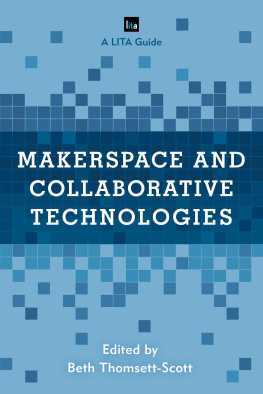
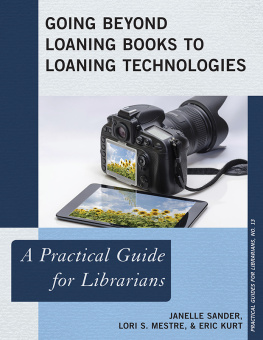


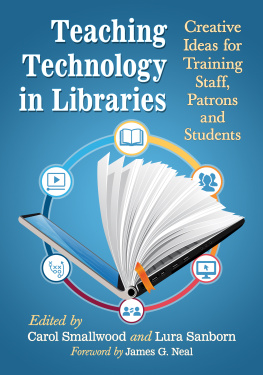
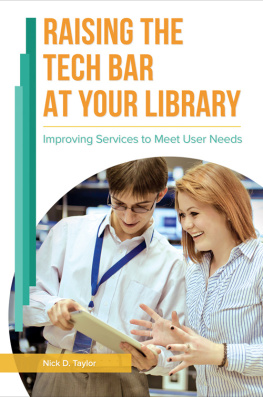
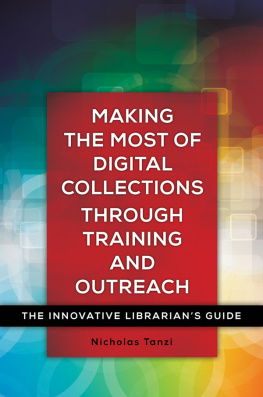
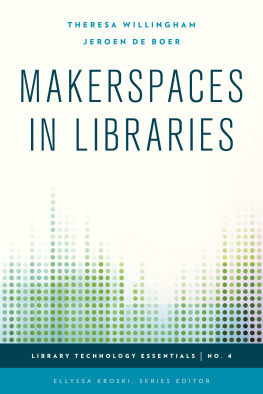
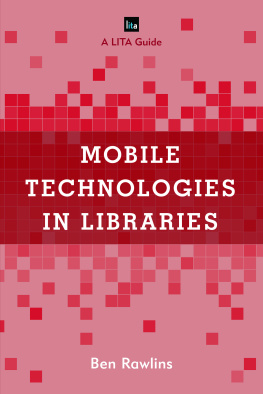
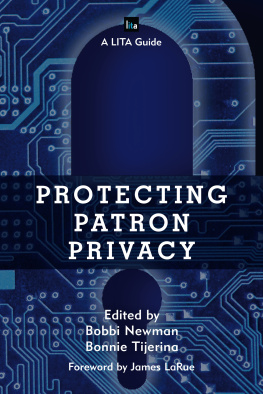
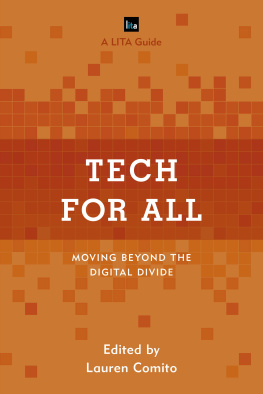

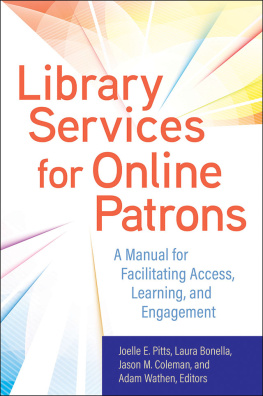
 TM The paper used in this publication meets the minimum requirements of American National Standard for Information Sciences Permanence of Paper for Printed Library Materials, ANSI/NISO Z39.48-1992.
TM The paper used in this publication meets the minimum requirements of American National Standard for Information Sciences Permanence of Paper for Printed Library Materials, ANSI/NISO Z39.48-1992.